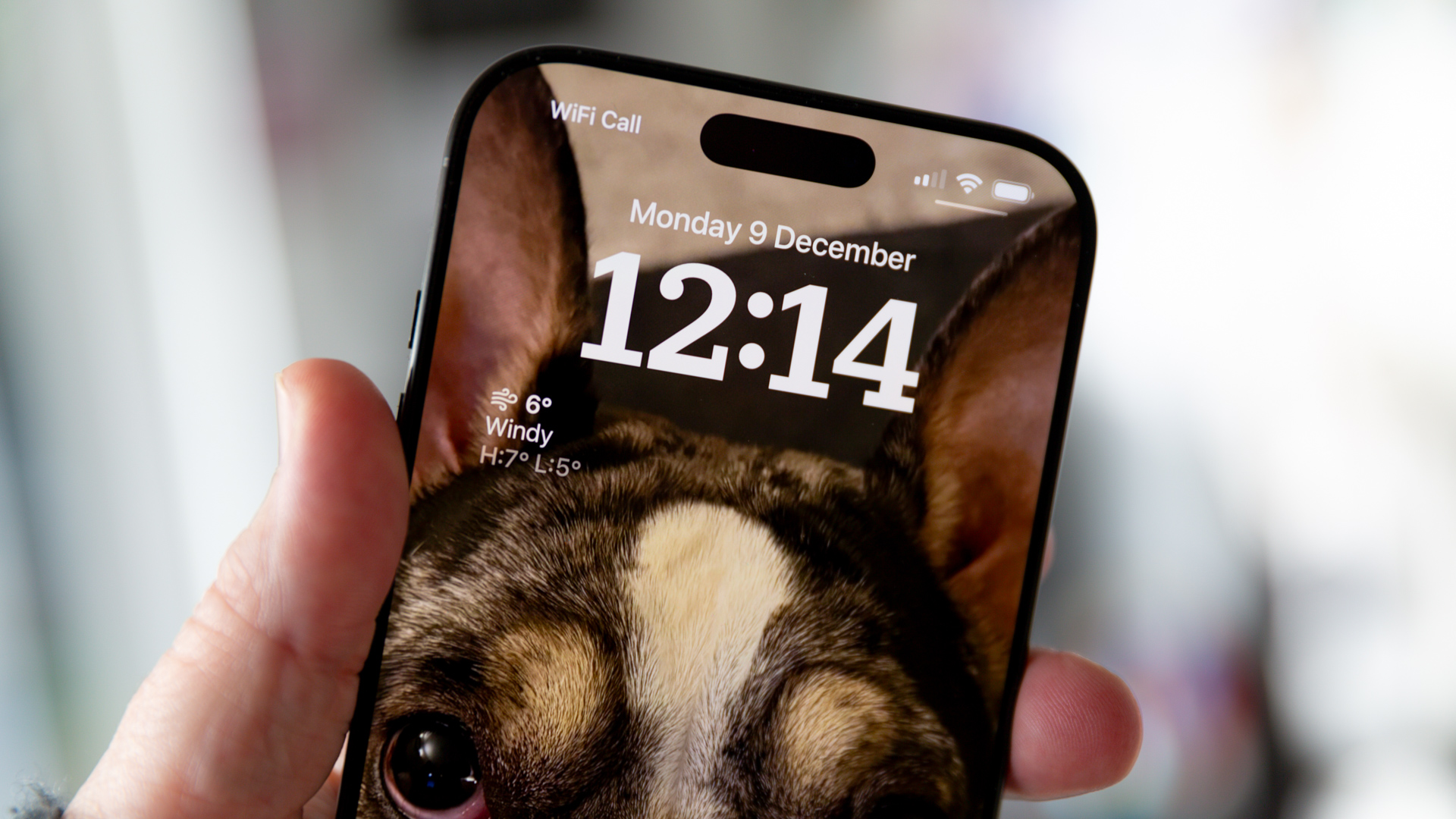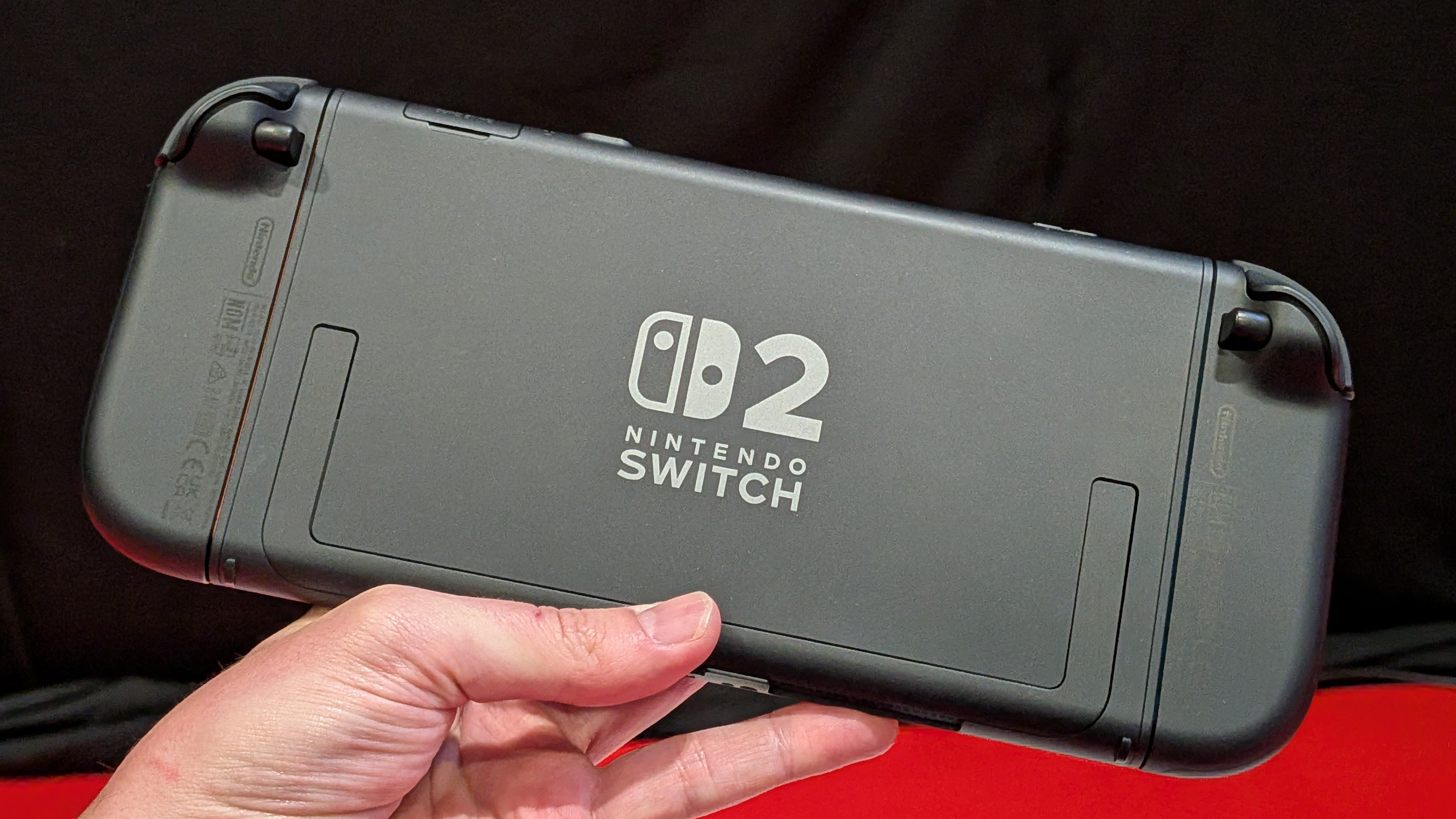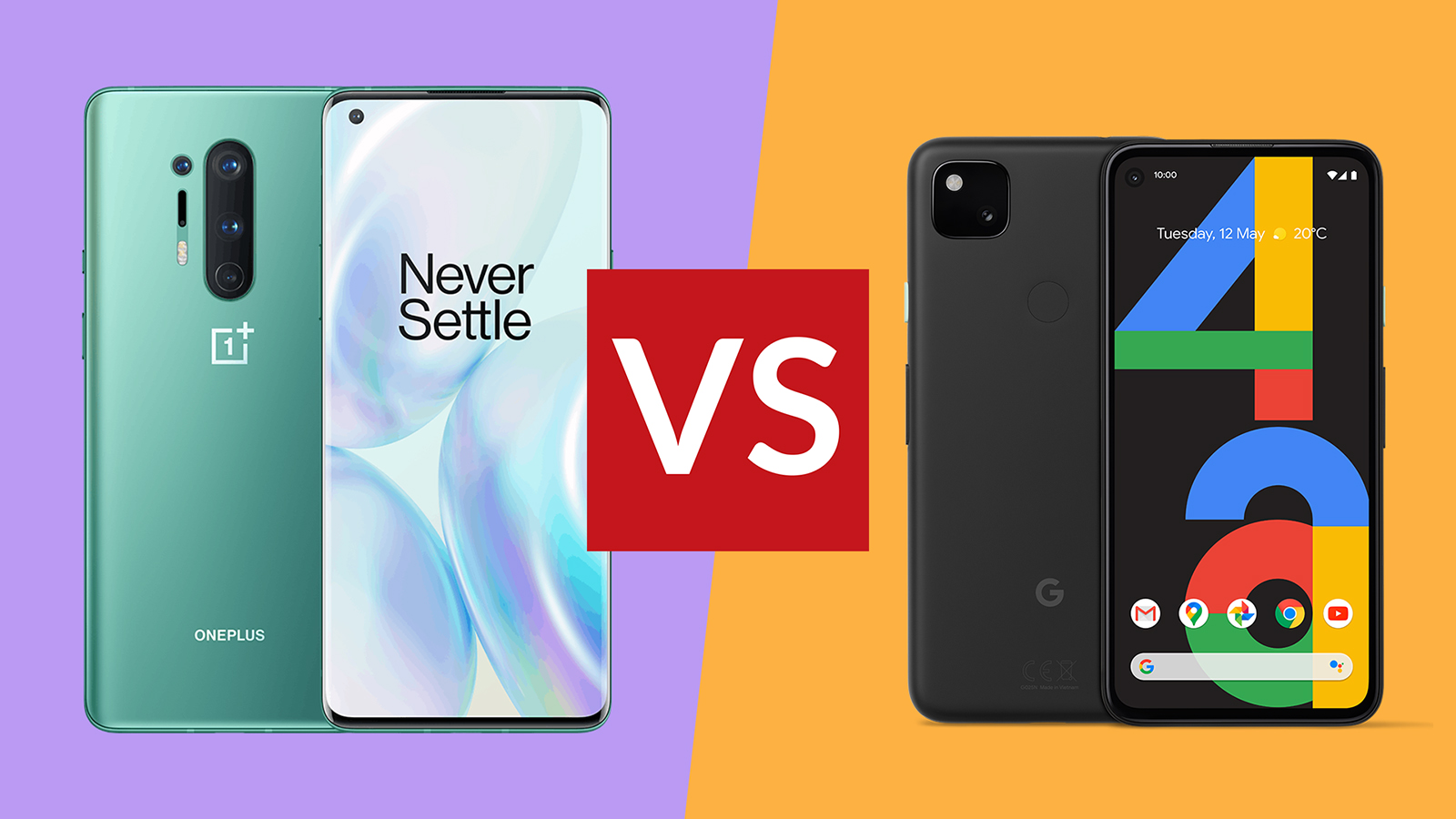

The OnePlus 8 Pro and the Google Pixel 4a are often going to come up in any conversation about the best Android phones: these two handsets offer plenty of performance between them, while also giving you impressive results in terms of camera quality and battery life.
There are some crucial differences between them though – the OnePlus 8 Pro is significantly more expensive, and comes with the specs and the features that might just justify that extra cost. It's a true flagship, while the Pixel 4a is more of a mid-ranger, and has a home in our list of the best cheap phones.
They've both got plenty of appeal in their own way, and to help you choose between them, we've compared the OnePlus 8 Pro and the Pixel 4a from Google in all the important areas – read on to find out how they stack up in terms of design, power, camera setup and more.
OnePlus 8 Pro vs Pixel 4a: design and screen
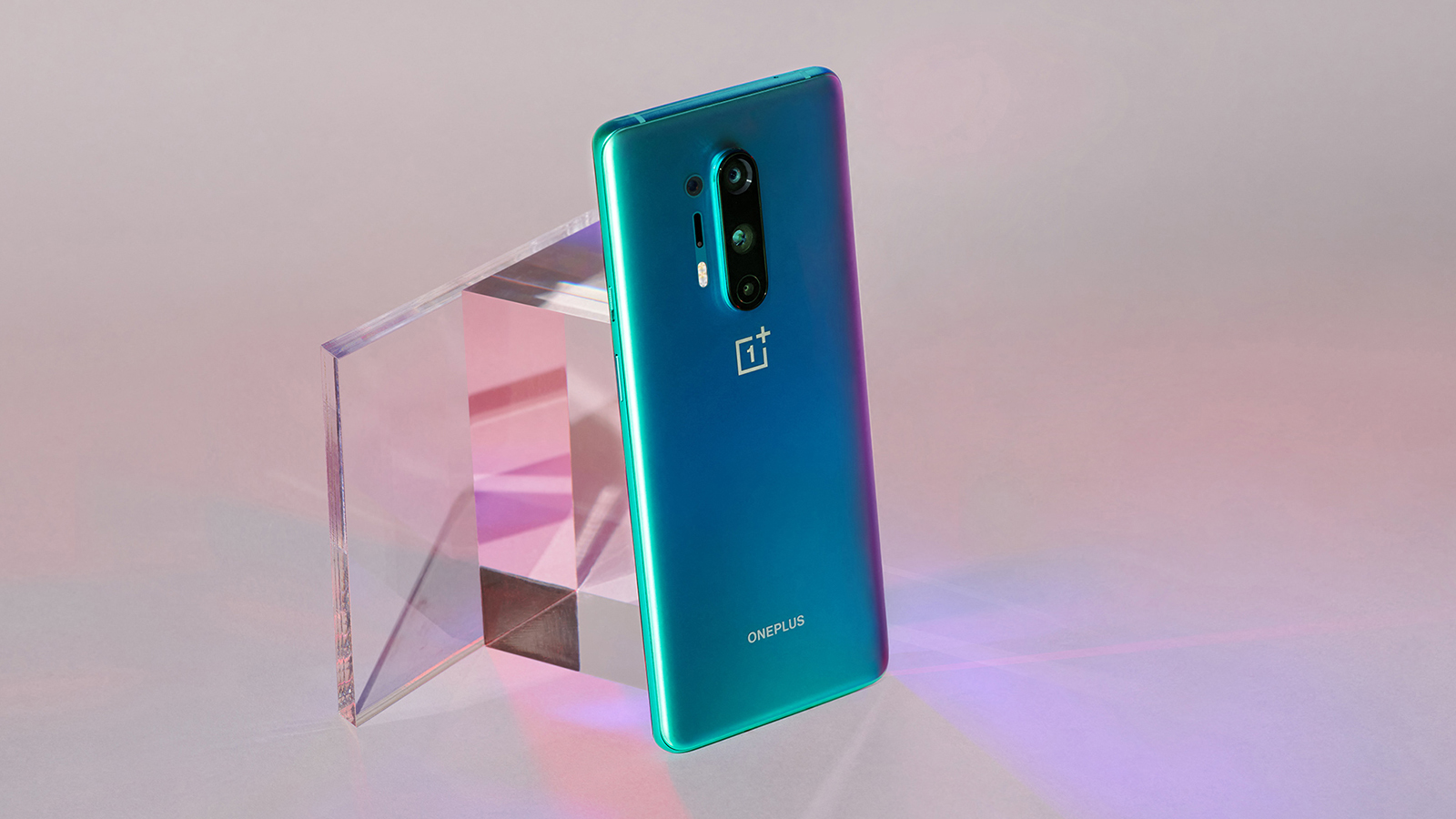
The OnePlus 8 Pro.
The OnePlus 8 Pro is the more premium phone here in just about every department – it uses a glass back, for example, while the Pixel 4a sticks to plastic. The OnePlus phone has the bigger, superior screen too: a 6.78-inch, 1440x3168-pixel resolution OLED display running at an impressive refresh rate of up 120Hz. It's interrupted only by a small punch hole notch up in the top left hand corner for the selfie camera.
The Pixel 4a makes do with a 5.81-inch, 1080x2340-pixel resolution OLED display, with a more standard 60Hz refresh rate – so it won't look quite as smooth in terms of scrolling and animations. As we've said, it's got a plastic back, so it feels a bit cheaper, and it also uses an older version of Corning Gorilla Glass. Again, there's a single punch hole notch up in the top left corner for the selfie camera.
Apart from the screen, the OnePlus 8 Pro is a very slick, polished-looking bit of kit, whether you go for the Glacial Green, Ultramarine Blue or Onyx Black colour. It offers a full IP68 rating for protection against liquids and dust, which isn't always a given on a OnePlus phone, and it puts a fingerprint sensor under the display. It's a really eye-catching overall design that's hard to fault.
As for the Pixel 4a, there's a Just Black colour and a very limited edition Barely Blue variation. You don't get any liquid or dust protection, so you're going to have to be more careful with it, and the fingerprint sensor is embedded on the back. When put up against the OnePlus 8 Pro, the Pixel 4a looks exactly like what it is – a more affordable mid-range phone that gives you the option of paying less for something plainer.
Sign up to the T3 newsletter for smarter living straight to your inbox
Get all the latest news, reviews, deals and buying guides on gorgeous tech, home and active products from the T3 experts
OnePlus 8 Pro vs Pixel 4a: camera and battery
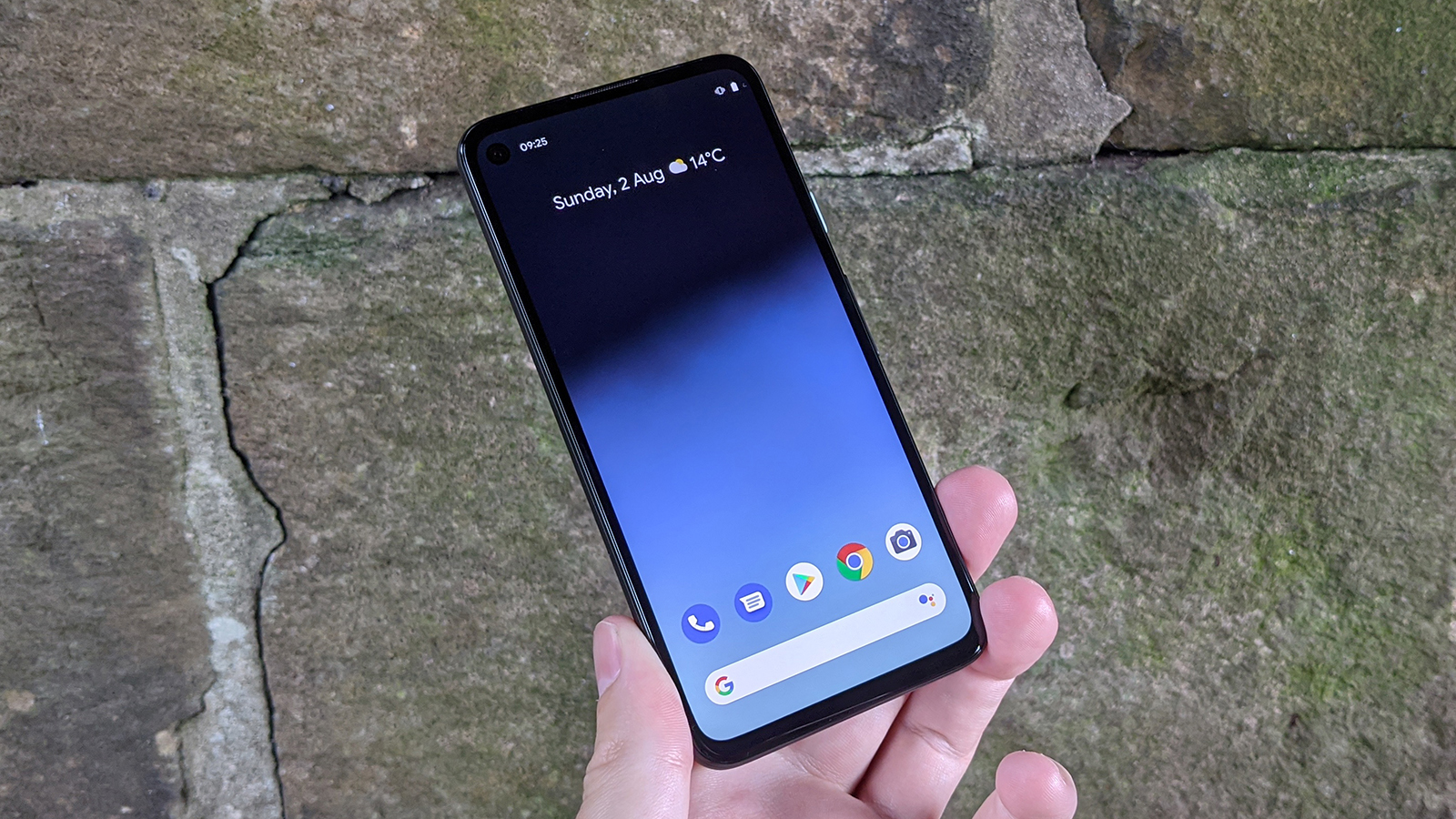
The Google Pixel 4a.
On the OnePlus 8 Pro we've got a quad-lens 48MP wide + 8MP telephoto + 48MP ultrawide + 5MP colour filter setup on the back, which offers that ultrawide mode as well as 3x optical zoom. It's capable of getting some very good photos and videos, described as "the best camera results OnePlus has managed to date" in our review. You can capture video in 4K at up to 60 frames per second, and around the front there's a 16MP wide selfie camera.
The Pixel 4a features a more modest single-lens 12.2MP wide camera on the back – there's no ultrawide mode, and no optical zoom, but Google's fantastic image processing software means that it arguably gets better results than the OnePlus 8 Pro, especially at night (check out the samples in our review). In terms of video the phone can record at a maximum of 4K resolution at 30 frames per second, and your selfie-shooting needs are taken care of with a single forward-facing 8MP wide camera.
Moving on to the battery, and the OnePlus 8 Pro comes carrying a 4,510 mAh capacity battery, which offers very impressive 30W fast charging and 30W fast wireless charging. OnePlus makes no promises about battery life but while we were testing the phone we found that it easily made it through an entire day on a single charge, even with all of the various bells and whistles switched on. Of course, battery life doesn't matter quite as much when you can charge the phone up so quickly.
As for the Google Pixel 4a, it comes carrying a 3,140 mAh capacity battery which Google describes as an "all-day battery" – you'll make it to the end of the day with this phone but you'll still need to charge it every night. During our testing with a brand new Pixel 4a we found it easily made it to the evening on a single charge. In terms of charging, you just get fairly standard 18W fast charging over a cable – there's no wireless charging on offer.
OnePlus 8 Pro vs Pixel 4a: specs and features
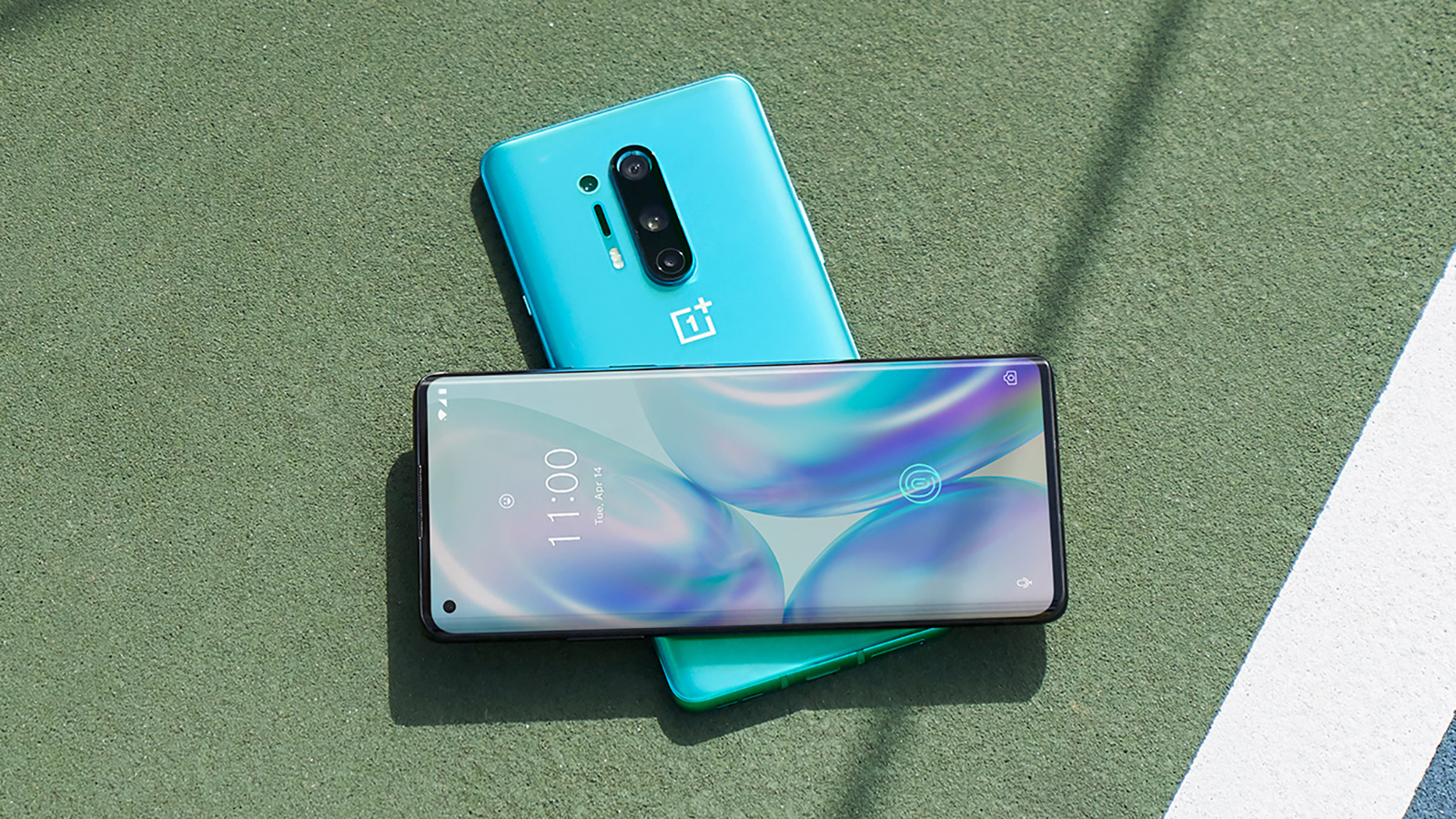
The OnePlus 8 Pro.
There's a Snapdragon 865 processor inside the OnePlus 8 Pro, just about the best processor you could get inside an Android phone in 2020. That's paired up with either 8GB or 12GB of RAM, and either 128GB or 256GB of internal storage (which you can't expand). As we've said, the OnePlus 8 Pro is a genuine flagship phone, packed with enough power to be able to breeze through every task you want to set it. It's going to be a long while before you start to see this handset slow down.
The OnePlus 8 Pro also comes with 5G connectivity, so you can hook up to the next-gen network if it has been rolled out in your part of the world. While the phone launched with Android 10, you can now upgrade that to Android 11 – and we are fans of the stylish but lightweight skin that OnePlus puts on top of what Google offers in the form of OxygenOS. It's definitely one of the better versions of Android out there.
Over in the Pixel 4a corner, the key spec is a Snapdragon 730G processor combined with 6GB of RAM and 128GB of internal storage, which can't be expanded. That's a much more mid-range set of specs, although it's still going to be more than enough to run all your Android apps and games capably. The Pixel 4a might not be quite as smooth and speedy as the OnePlus 8 Pro, but it's definitely no slouch.
You will have to make do with 4G rather than 5G when it comes to the Google Pixel 4a however. On the software side, the phone launched with Android 10 and can now be upgraded to Android 11 – the clean, bloat-free stock version of Android that you get, plus being first in line for future updates to the OS, is one of the best reasons to buy this or any other Pixel phone.
OnePlus 8 Pro vs Pixel 4a: price and verdict
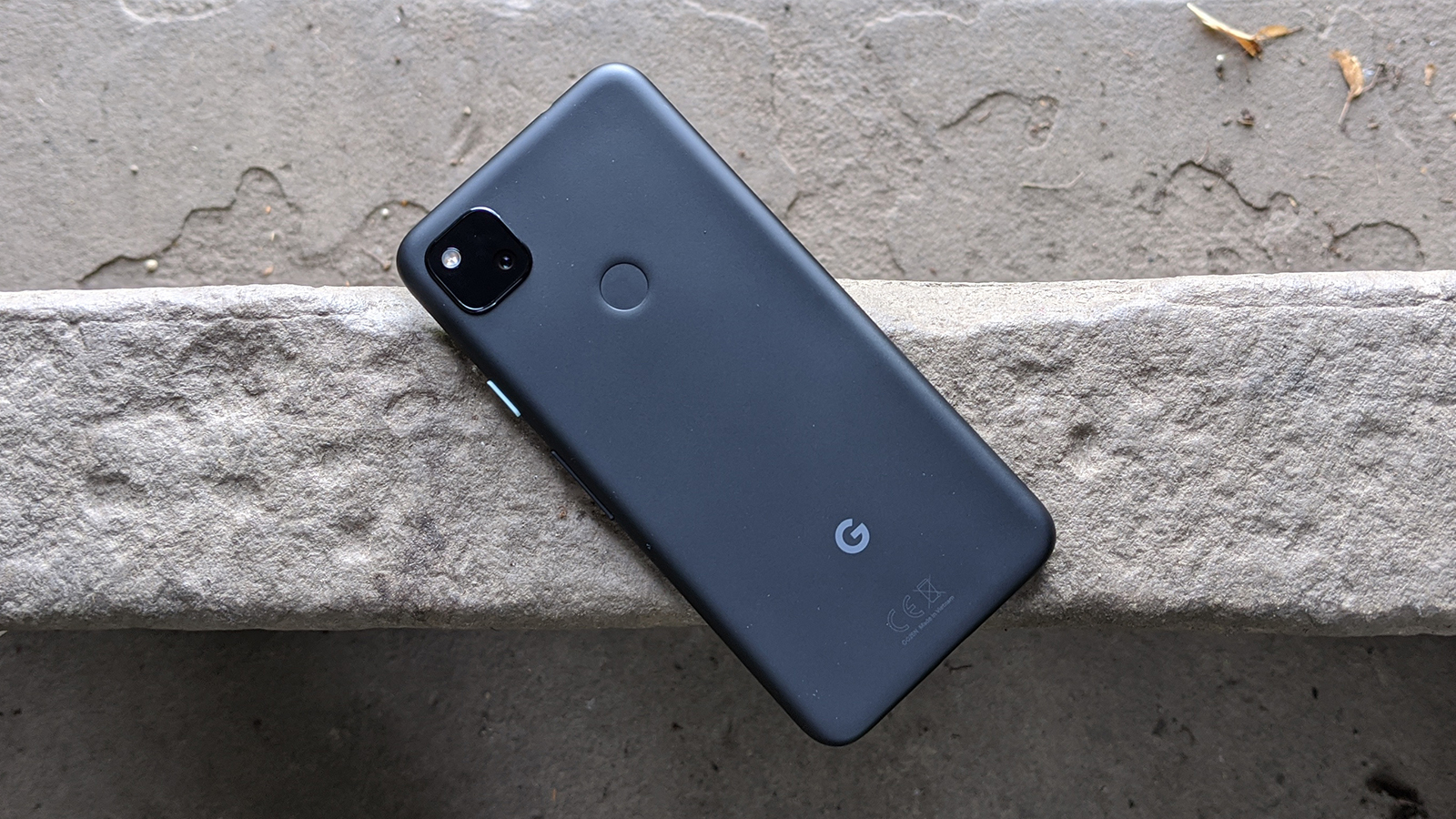
The Google Pixel 4a.
From everything we've written above, you can see that the OnePlus 8 Pro is the superior phone here in a lot of departments: it has a bigger, better screen, it looks more polished, it comes with faster internals and more photography modes, it has a bigger battery and charges faster, and to top everything off it can work with 5G networks too. It's no surprise that this is one of our favourite phones launched in 2020.
But then again so is the Google Pixel 4a – it can't quite match the OnePlus 8 Pro on paper, but at the time of writing, it's less than half the price of the OnePlus handset. That can make a big difference when it comes to working out which of these phones is for you. Make sure you check the very latest prices on these phones from the widgets embedded on this page though, as they're likely to keep coming down over time.
Besides the more affordable price, there are two big reasons to go for the Pixel 4a: one is the excellent results you can get from the rear camera, even with just a single lens, and the other is the speed at which you'll get future Android updates. If you always want to be running the latest and greatest version of Android, then it's well worth considering buying a Pixel phone straight from Google. And while the Pixel 4a doesn't have 5G, there is a version that does (for a bit more money) – check out our Pixel 4a 5G review for more on that.
In a way, both of these phones are winners and cater for different needs and different budgets. There's the Google Pixel 4a, if you're after an excellent mid-ranger with a fantastic camera and speedy Android updates; and then there's the OnePlus 8 Pro if you want a more classic flagship phone (and have the budget for it), with the performance and the screen and the features to match.
Dave has over 20 years' experience in the tech journalism industry, covering hardware and software across mobile, computing, smart home, home entertainment, wearables, gaming and the web – you can find his writing online, in print, and even in the occasional scientific paper, across major tech titles like T3, TechRadar, Gizmodo and Wired. Outside of work, he enjoys long walks in the countryside, skiing down mountains, watching football matches (as long as his team is winning) and keeping up with the latest movies.
-
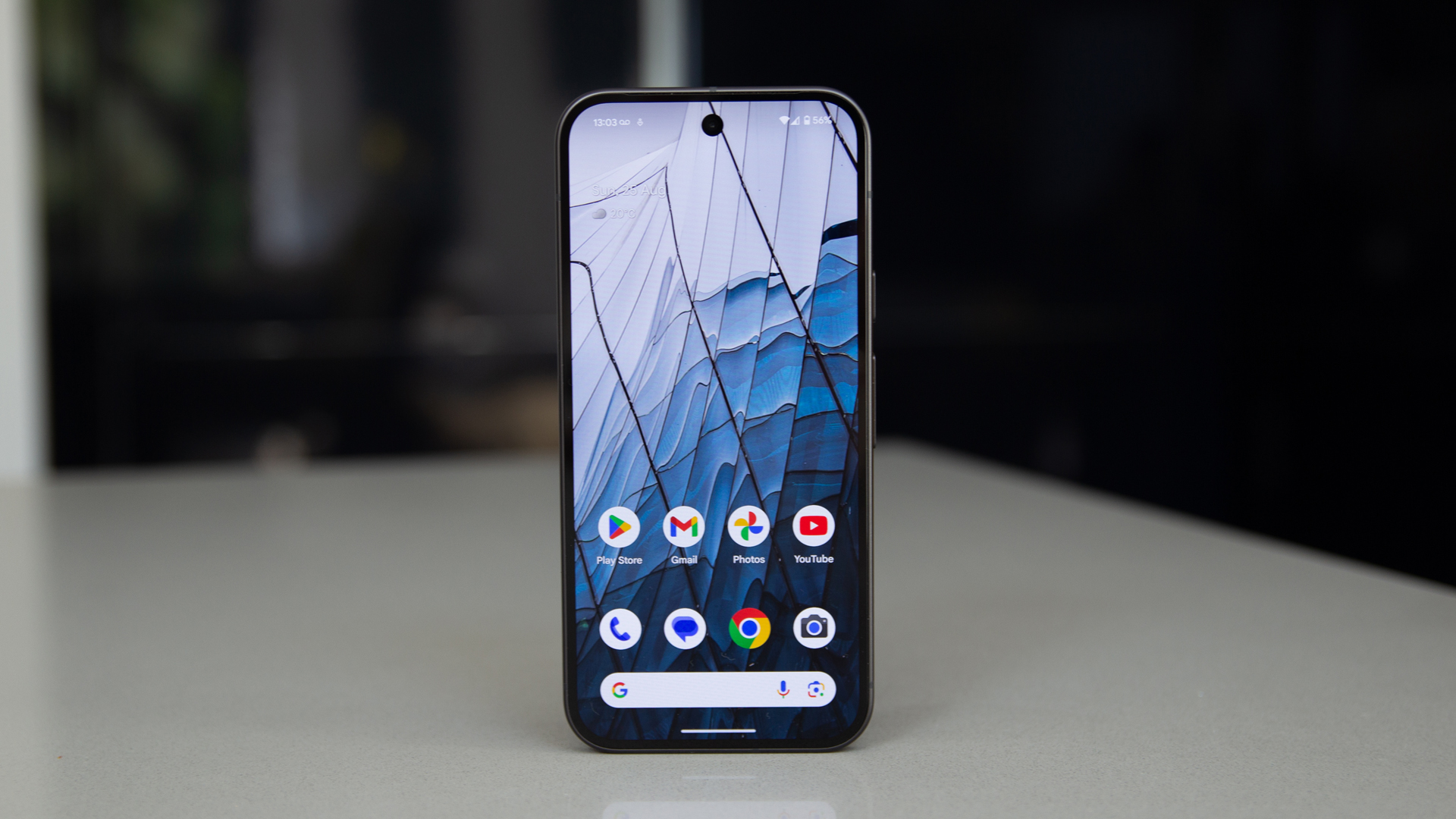 New Google Messages feature will make millions very happy
New Google Messages feature will make millions very happyIt's going to end a serious messaging blight
By Sam Cross Published
-
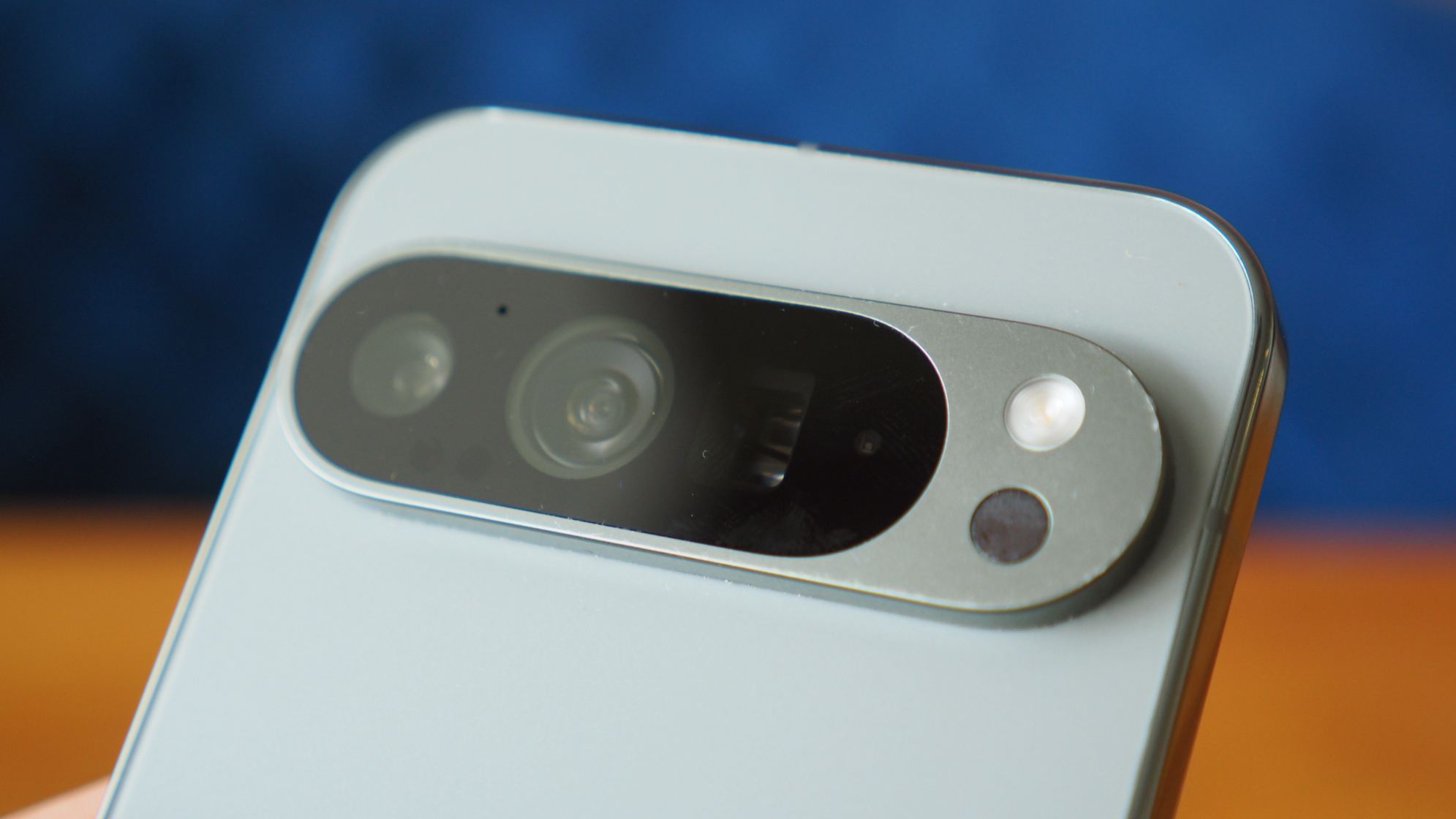 In an age of exciting upgrades, Google could downgrade the Pixel 10 instead
In an age of exciting upgrades, Google could downgrade the Pixel 10 insteadThere’s a change coming to the Pixel cameras and it could cause a stir
By Chris Hall Published
-
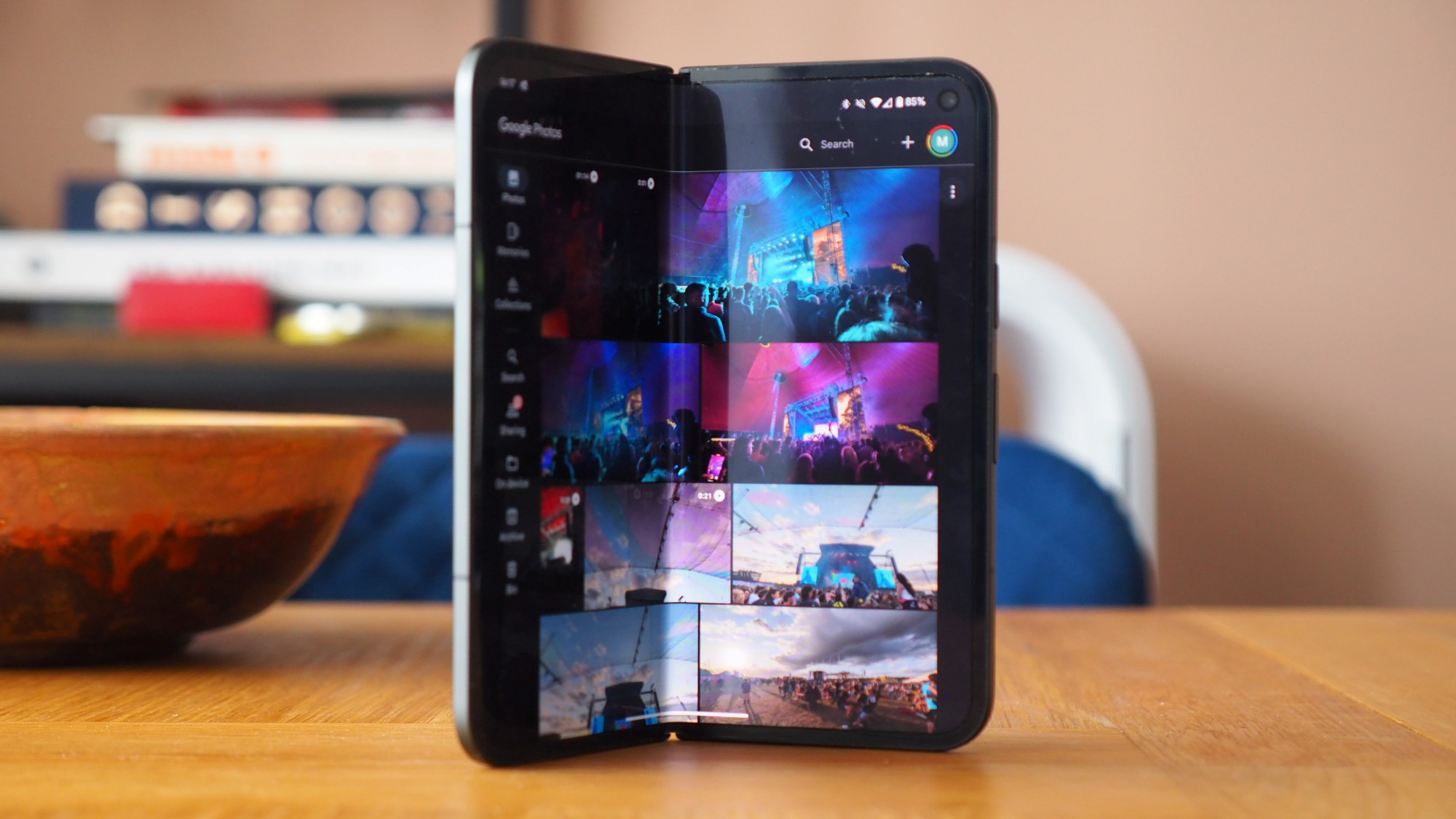 Google Pixel 10 Pro Fold renders show an early contender for foldable of the year
Google Pixel 10 Pro Fold renders show an early contender for foldable of the yearEven though it might not be the slimmest, it could be the sexiest
By Britta O'Boyle Published
-
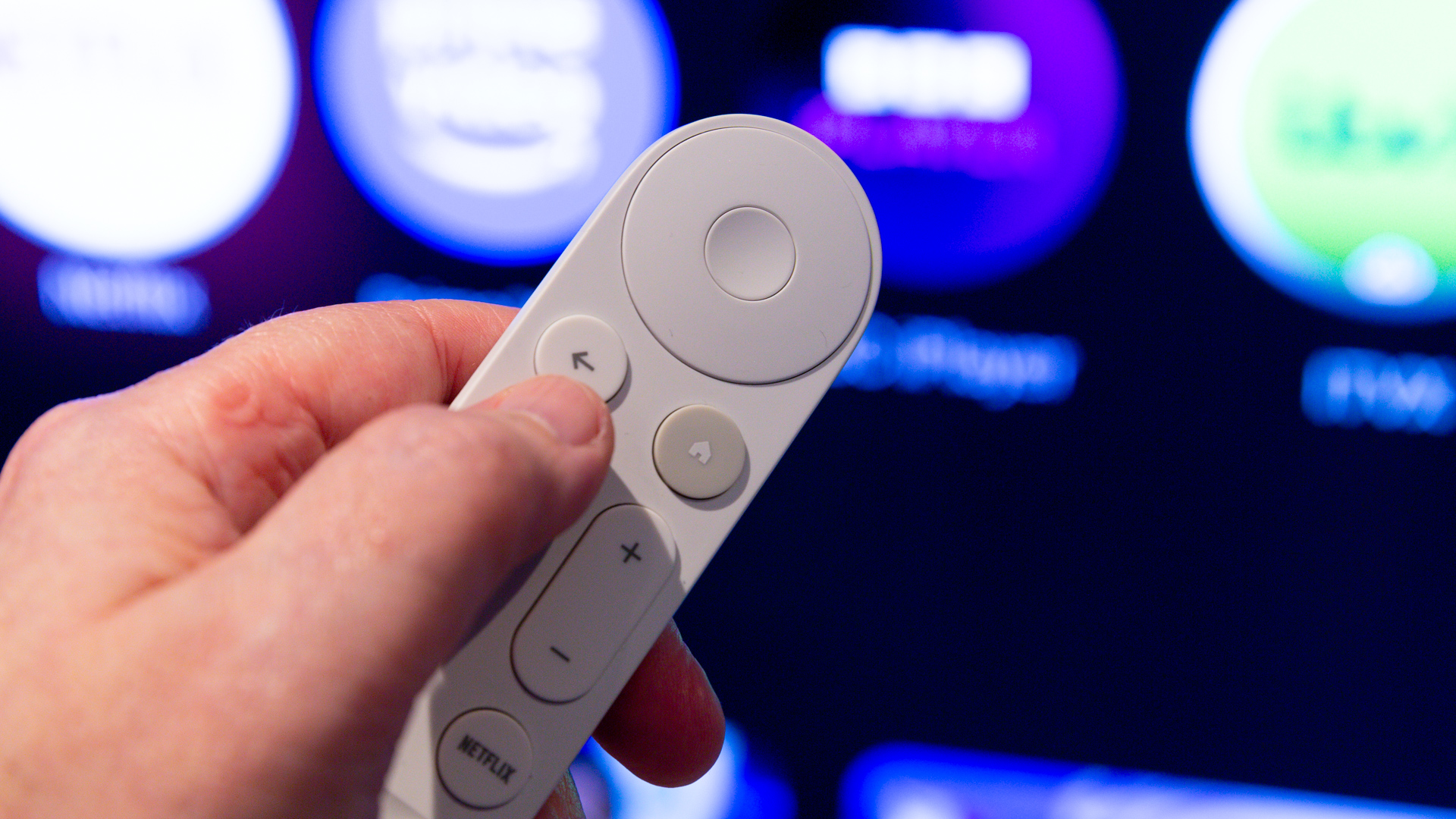 Google TV set for a shake up that might have you feeling blue
Google TV set for a shake up that might have you feeling blueA redesign is reportedly coming to Google TV, with a new colour scheme and features
By Rik Henderson Published
-
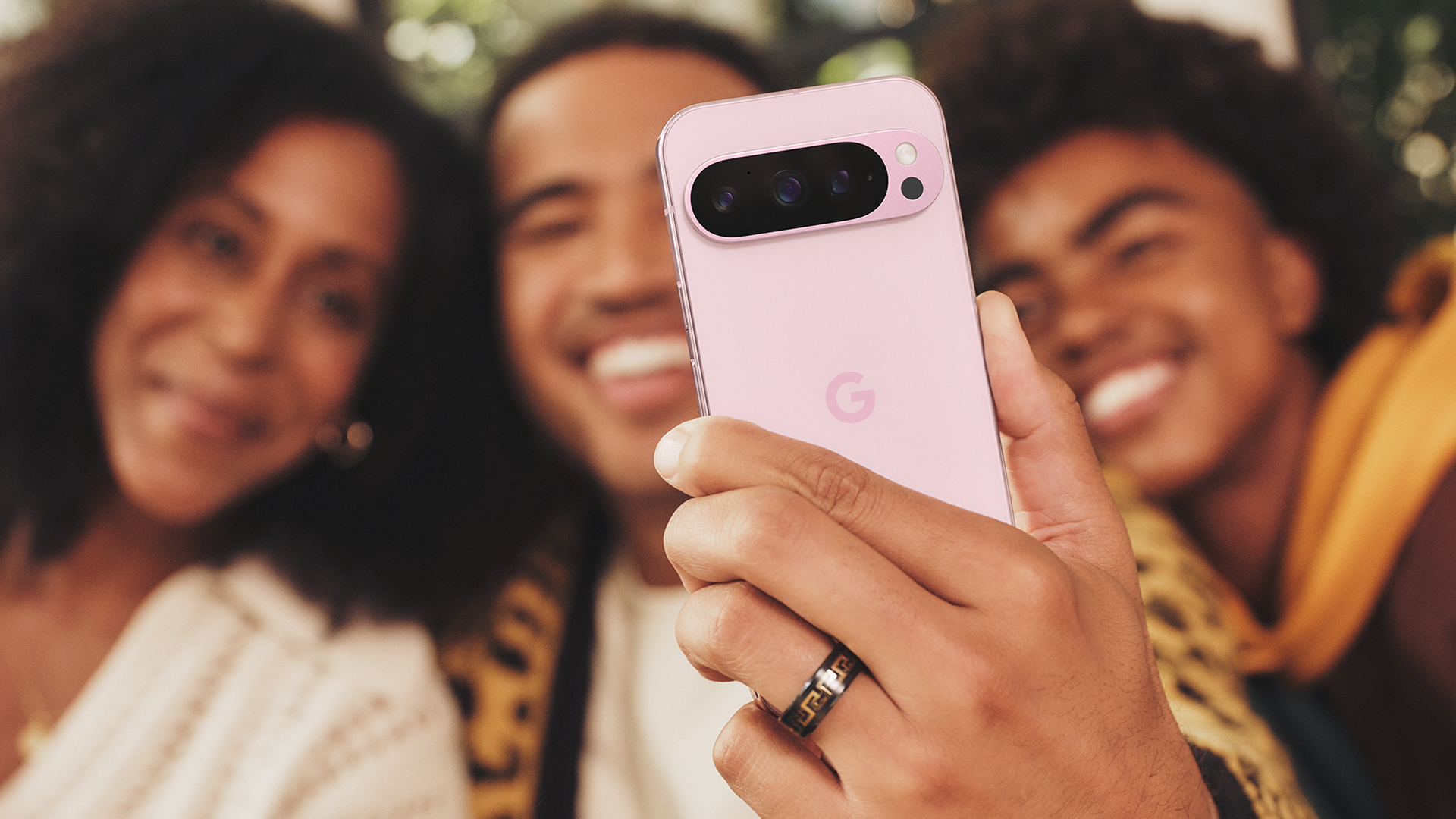 Android 16 to come with a significant security upgrade for Pixel phones
Android 16 to come with a significant security upgrade for Pixel phonesIt’s going to be easier to unlock your Pixel phone in the future
By Chris Hall Published
-
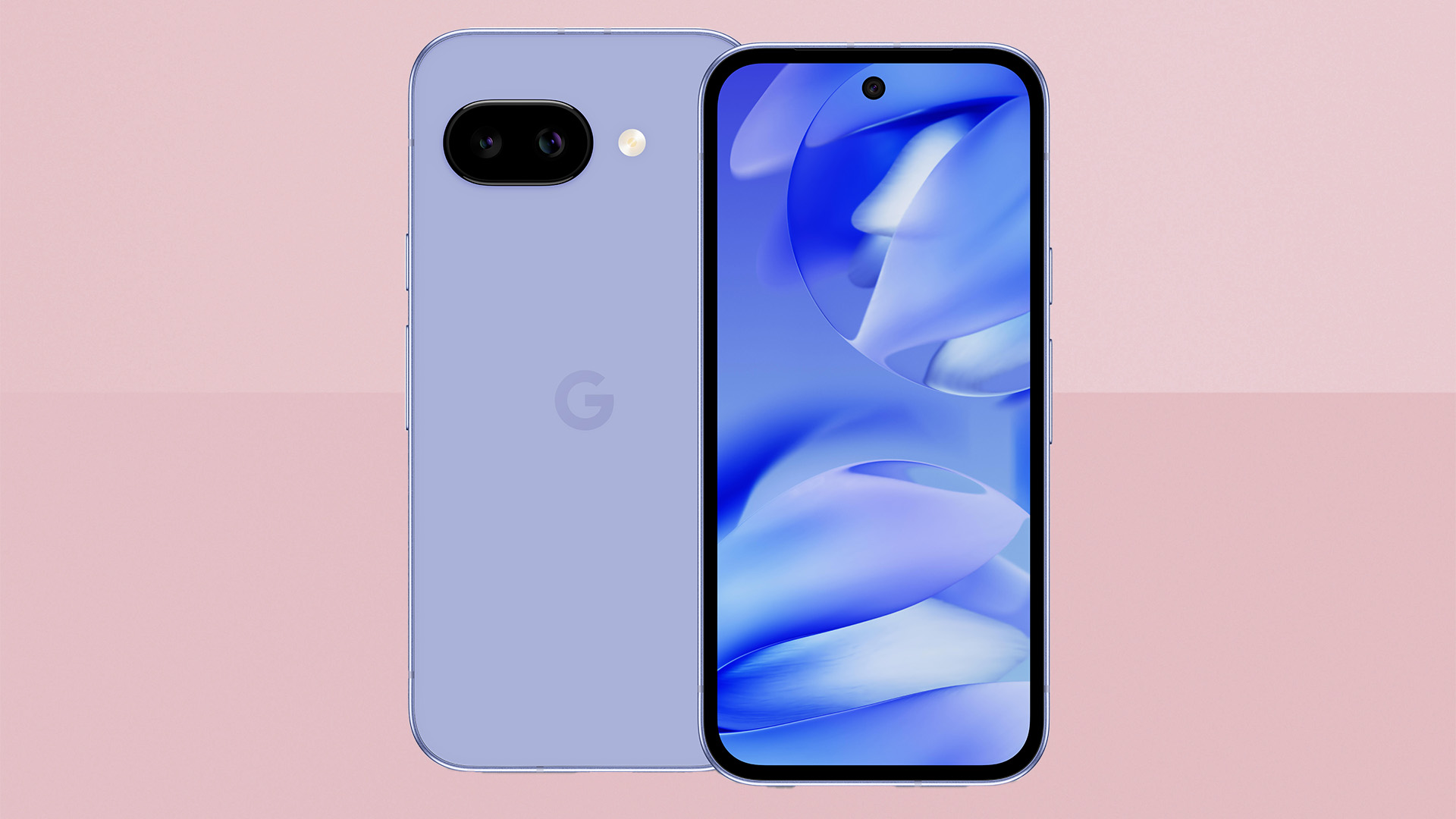 Google Pixel 9a delayed, but for good reason
Google Pixel 9a delayed, but for good reasonGoogle’s latest affordable phone has been announced, but you can’t actually buy it yet
By Chris Hall Published
-
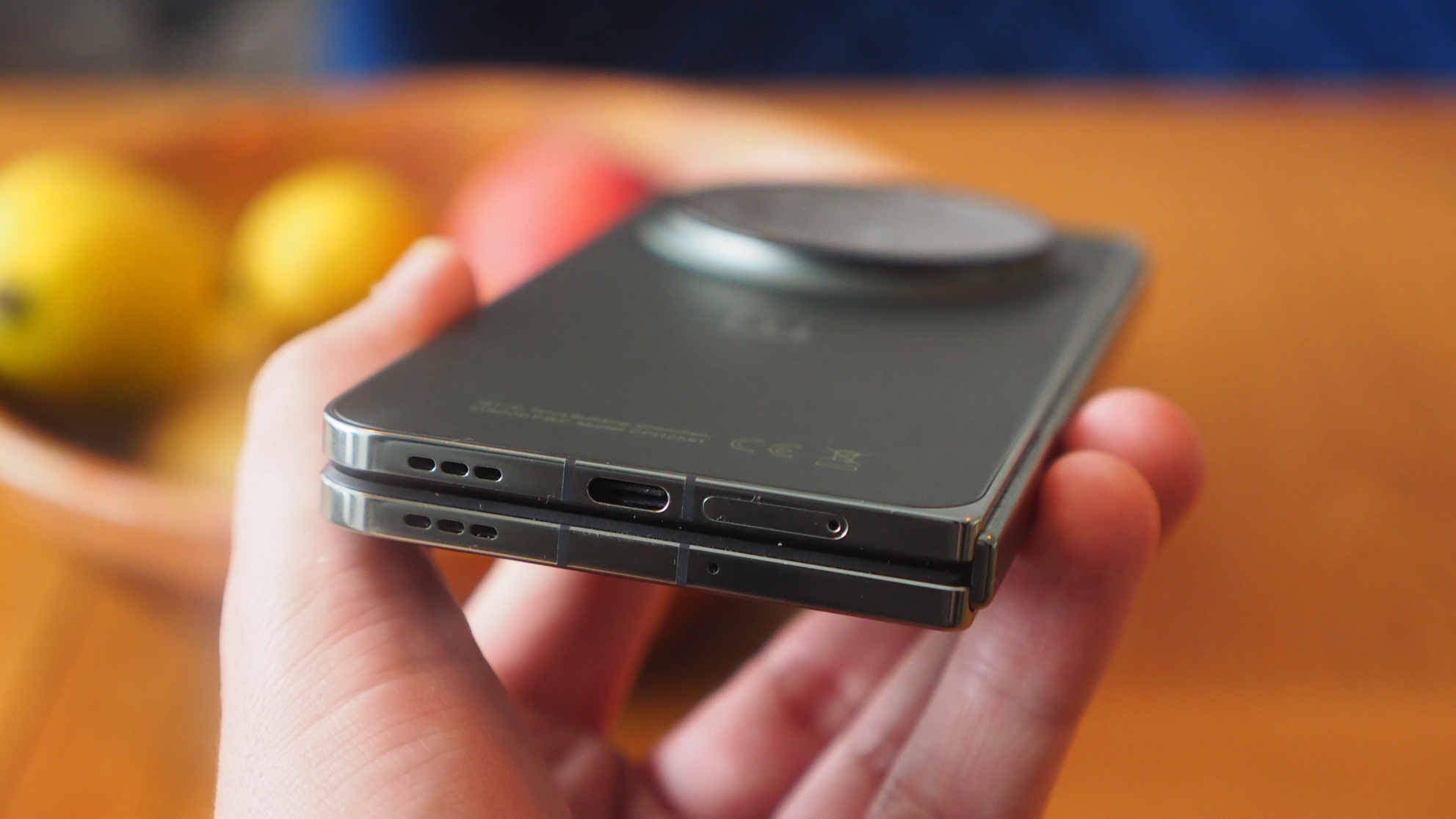 OnePlus might have scrapped Open 2 but could still have foldable plans, after all
OnePlus might have scrapped Open 2 but could still have foldable plans, after allDetails of a new OnePlus foldable have surfaced, but you might have to wait for it
By Chris Hall Published
-
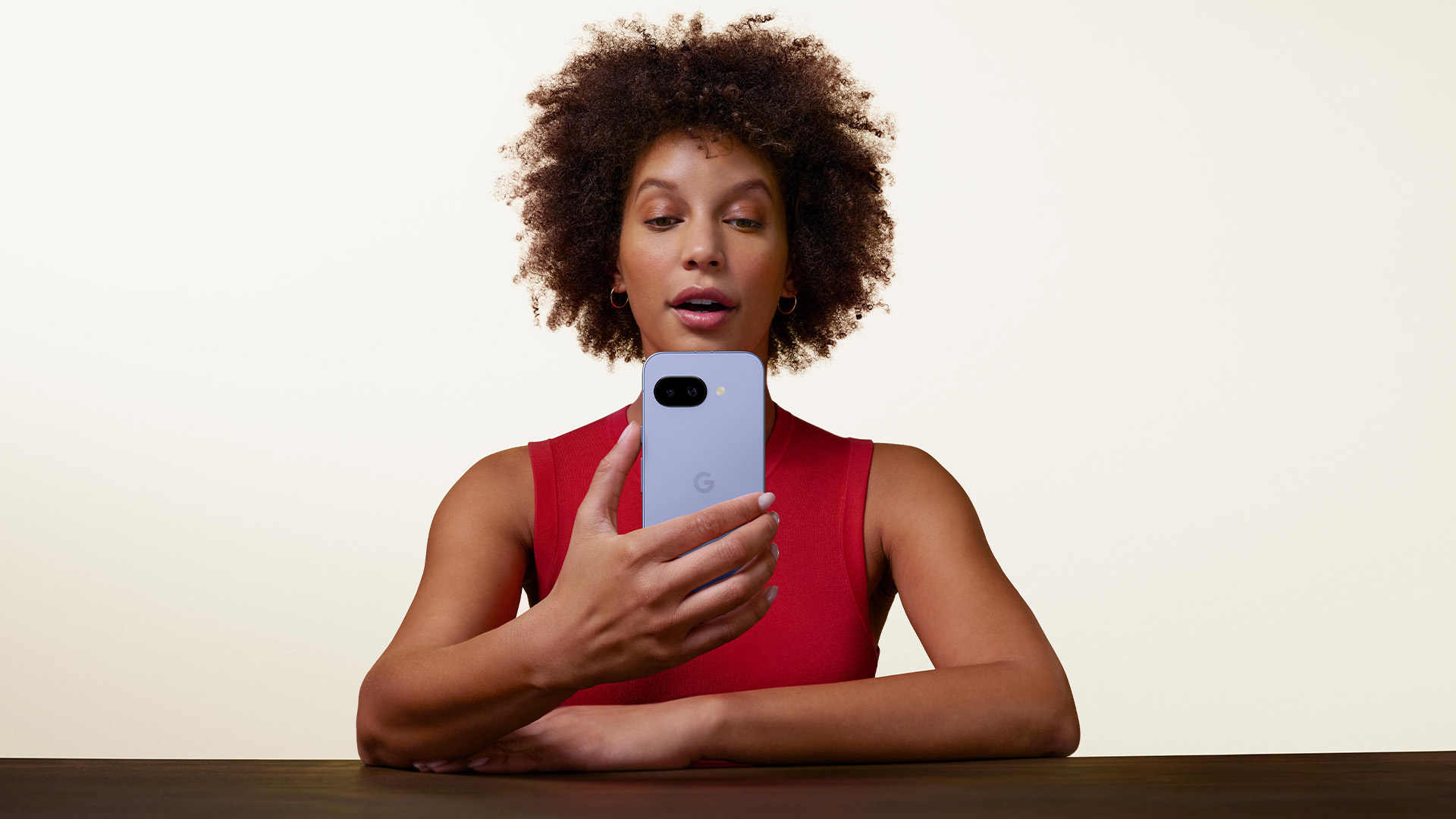 Google's Pixel 9a does one simple thing that could tempt me away from iPhones after a decade
Google's Pixel 9a does one simple thing that could tempt me away from iPhones after a decadeGoogle's played a blinder here
By Max Freeman-Mills Published
